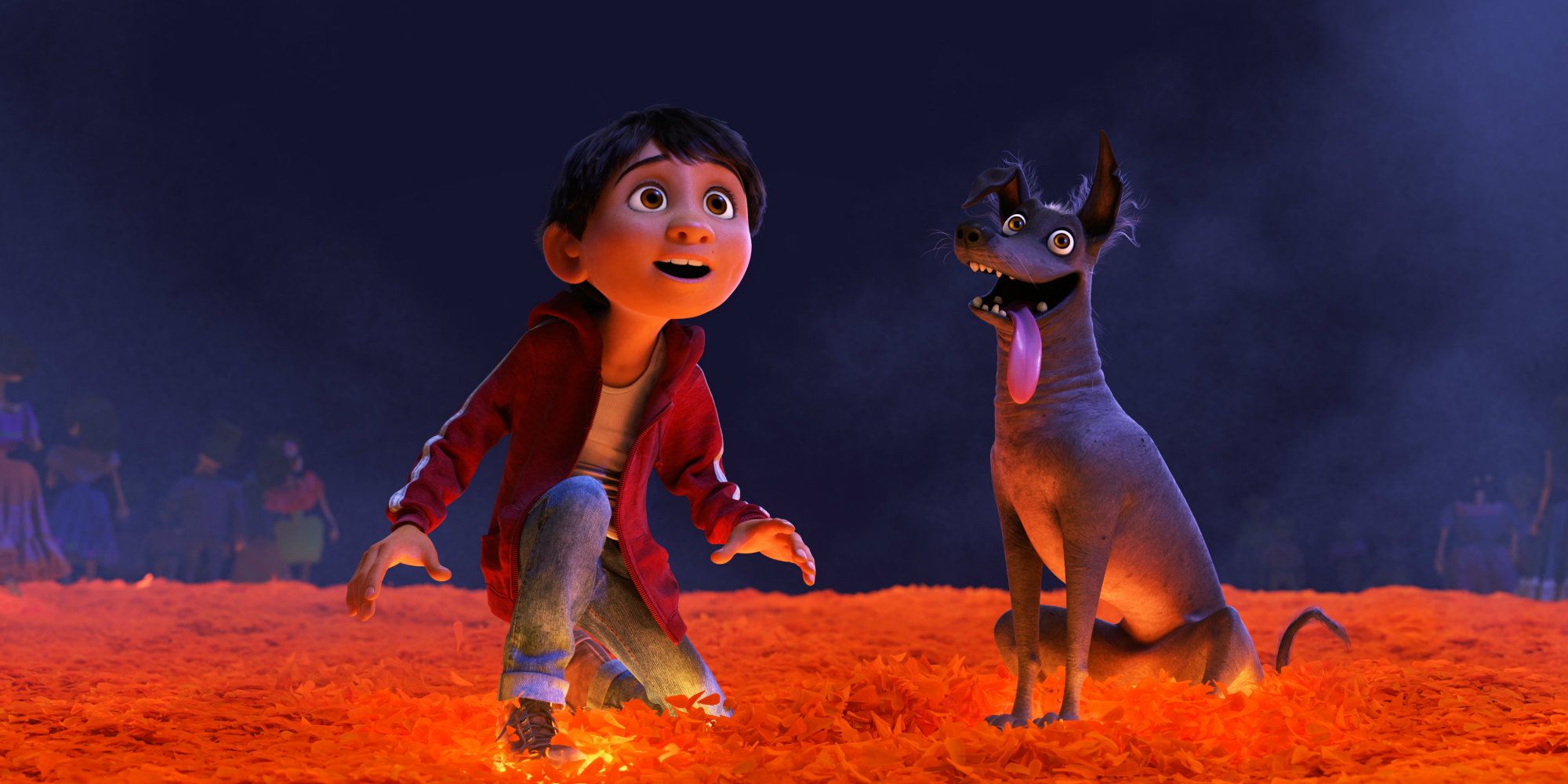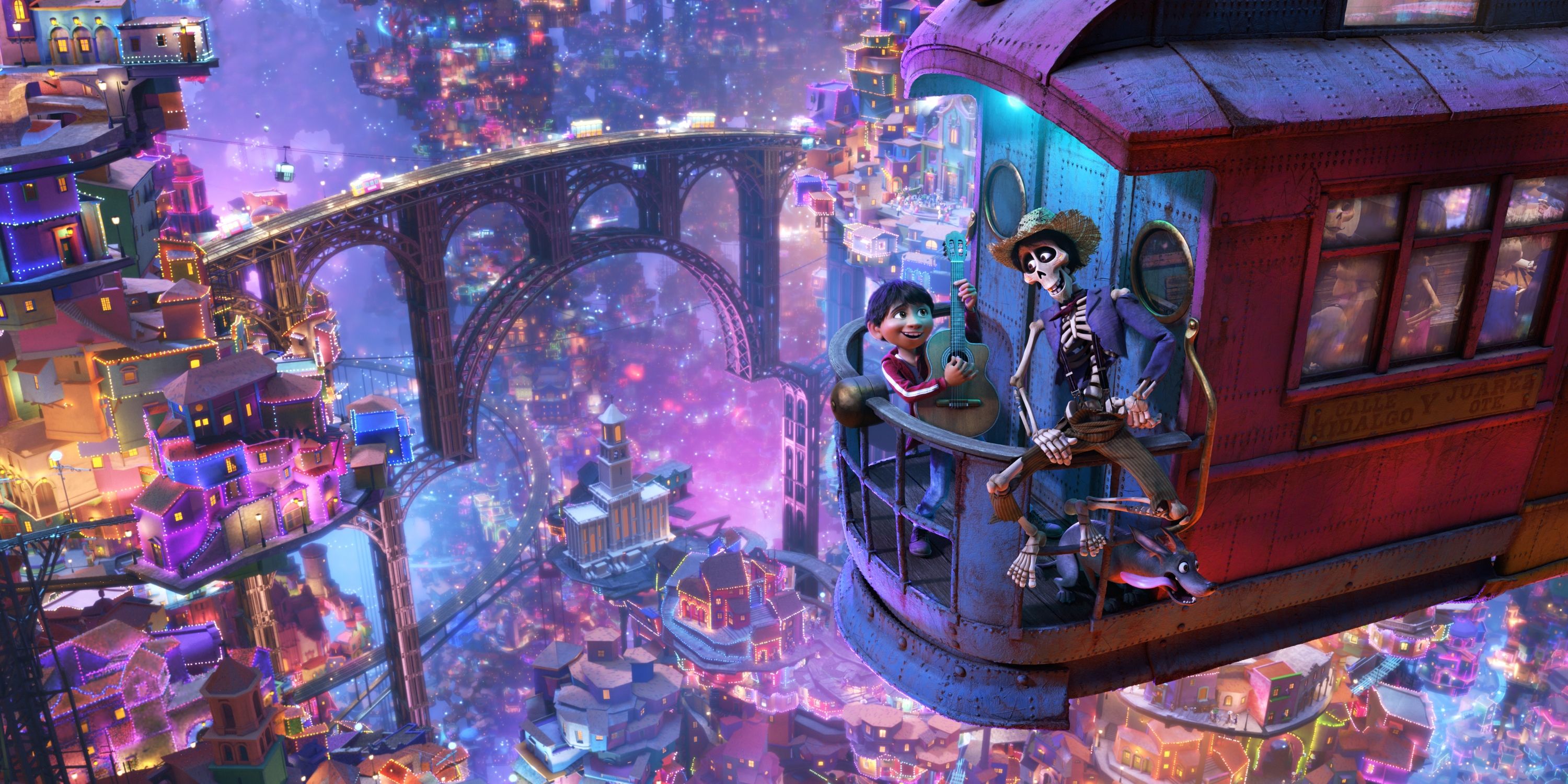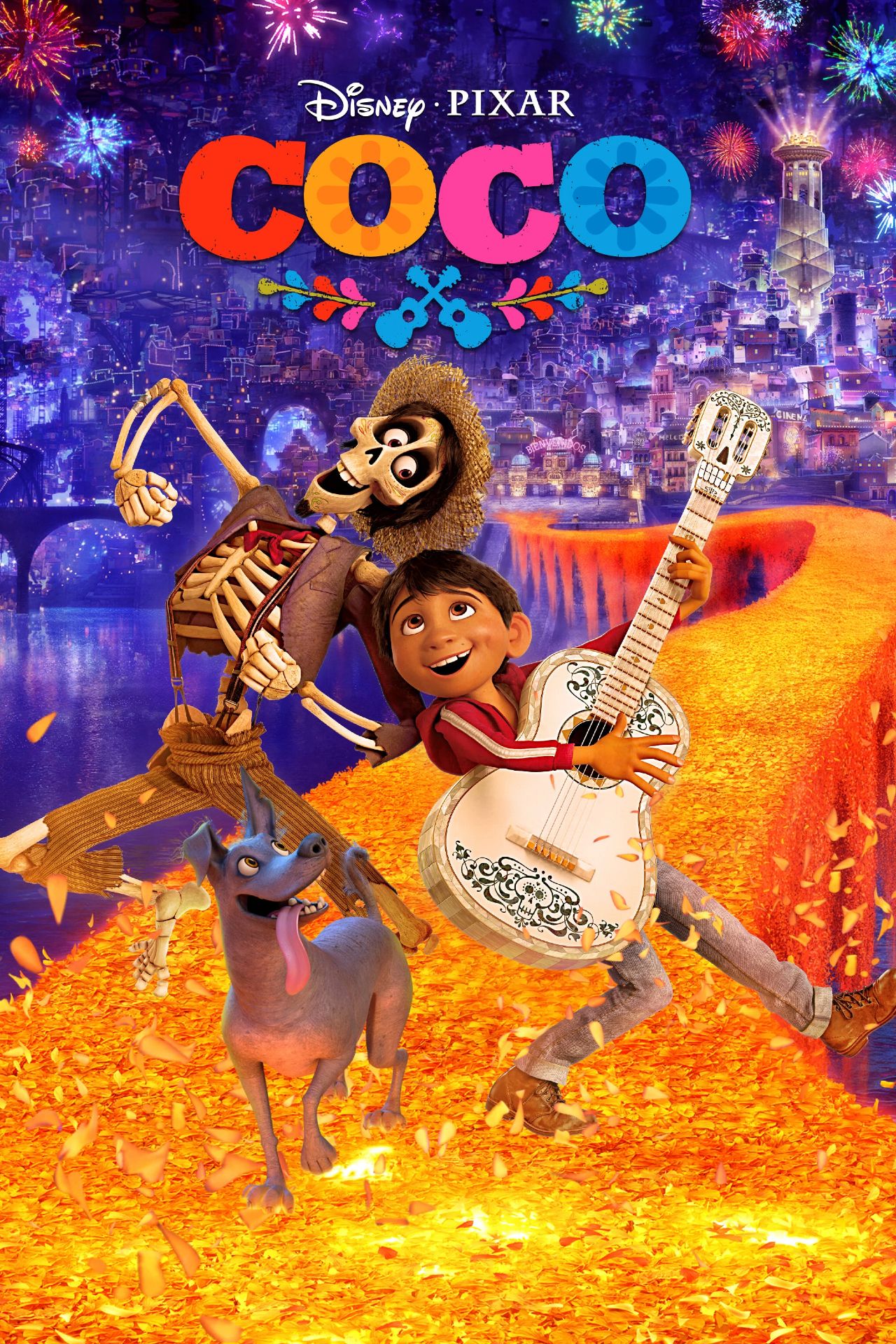Lee Unkrich is a longtime member of the creative team at Pixar, having originally gotten his start there as a film editor. He moved up to co-director on Toy Story 2 before moving on as a co-director for Monsters Inc. and Finding Nemo. Unkrich made his solo directorial debut on Toy Story 3 and is back as the director for Disney Pixar’s Coco with co-director Adrian Molina. Adrian Molina got his start at Pixar working as a 2-D animator on Ratatouille. He later moved on as a storyboard artist on Monsters University and Toy Story 3. He then went on to write for The Good Dinosaur before starting his first screenwriting gig on Disney Pixar’s Coco. He then moved to becoming a co-director for the film. Both have teamed up together to bring Disney Pixar’s Coco to life, which will debut in theaters on November 22, 2017.
Screen Rant got a chance to chat with director Lee Unkrich and co-director Adrian Molina on press day, where we discussed what it means to have Mexican culture represented in a Disney-Pixar film, how much of their own family experiences helped to influence the film, and which traditions from Dia de los Muertos they were most excited to bring to life onscreen.
SR: You guys made me cry in a movie, again, another Pixar-Disney thing. This always happens. It's amazing film though.
Adrian Molina: Thank you.
SR: How much does it mean to you to have the Mexican culture represented in a Disney-Pixar film?
Adrian Molina: I think it's wonderful, and you know, when we set out to tell stories it's always about, you know, who are these characters what is this family? But, you know, all of our research and all of our studies of Dia de los Muertos and the themes behind the actual tradition, it became very clear that this is something that will not only be meaningful for you know, Mexicans in the Mexican culture that it comes from, but this is something that can really touch the world because they all come from families, and to have this example of a way to annualize, and memorialize, and keep alive the people you love. I think that's something so beautiful and to be proud of, and that it comes from a culture like Mexico.
SR: Speaking of family, how much did your own family experiences influence the film?
Lee Unkrich: Well, yours probably really affected it being Mexican-American but you should talk about. My own family, I'm not Latino but I came from a big, noisy loving family. Even though my culture is different than the culture of Miguel, I definitely saw a lot of commonality between my family and his own.
Adrian Molina: I grew up in a multigenerational family. My grandparents moved from Mexico to come with live with us when I was in middle school, and high school, and you know we spoke different languages. We were from different generations, but there was there was a chemistry to living in a household with people who are your grandparents, and your parents, and little kids, where you learn what life is like at all these stages all at once. And to be able to see Miguel and the messiness of his family, and how they all treat these traditions in a different way depending on where they are at life. I thought that was something that was really beautiful to be able to represent on screen.
SR: That's amazing. Now, when I was a kid I went to Olvera street. I group here in L.A., and I went on Dios del los maurte. Did I get that right?
Adrian Molina: Dia de los Muertos.
SR: Yes! I went during that time and it's beautiful. It was a beautiful tradition. Now, what part of the tradition did were you most excited to bring to the film?
Lee Unkrich: I mean, we were excited to bring the things that we knew about up front, there was just so much beautiful folk art, and color surrounding Dia de los Muertos and we wanted to bring all that to the screen. I was excited about the opportunity to bring skeletons to life and just kind of all the animation opportunities we would have with that. But the thing I think I was most excited about the beginning were learning about all the things we didn't know, and all the things that we could make a part of the film, and it wasn't until we went down to Mexico on the many research trips that we went on, that we started to learn so many things that we ended up incorporating into the film. And it was lovely to be able to do that and create a story that was entirely different from anything we could've just dreamt up from our imaginations without having gone to visit Mexico.
SR: Interesting. Now, was there ever a time in your life where your family may not have been supportive of you or your artistic freedom per say and how did you seize your moment? How did you show them that you seize your moment?
Lee Unkrich: My family is mostly super supportive. I do remember one time when I was little that Disney was going to be creating a new Mickey Mouse Club Show and I really wanted to go audition to be on it. I really wanted it so bad and my mom said no, you can't fly out to California.
SR: So you did not see her moment in that opportunity.
Lee Unkrich: I didn't in that moment. The time I did seize my moment, I think was when I made the big bold decision to leave the small town I grew up in in Ohio and travel to Los Angeles with dreams of being a movie director.
SR: Awesome. How about about you?
Adrian Molina: You know, I am very lucky my parents are always very supportive. My dad would drive me two and a half hours to San Francisco on Saturdays to take animation class and, so and I think that really speaks to what's possible when you have talent, and you've got a family to support you. Miguel doesn't at the beginning of this film. But I think it's a worthy story to tell of how you reconcile those two things.
SR: You know, one thing I noticed about this film Disney's great doing... Disney-Pixar at doing all these Easter eggs. One thing I noticed is the theme, are the skulls. I tried to keep up with the school count, but I don't think I properly did. How many skulls...?
Lee Unkrich: I don't think... I have no idea. I mean, we try to incorporate them anywhere and everywhere into the architecture and into the cobblestones of the streets. And we even realized at one point that light bulbs look like skull shapes also embrace that by making the film and since I've kind of support the feeling of a skull. We also look for a lot of opportunities to find accidental skulls where the architecture lined up in a certain way so that only from that one vantage point would you see kind of a skull form, and it just became kind of a "Where's Waldo" kind of thing we just had fun hiding them anywhere and everywhere.



